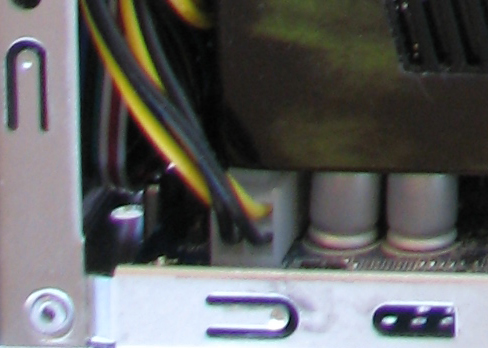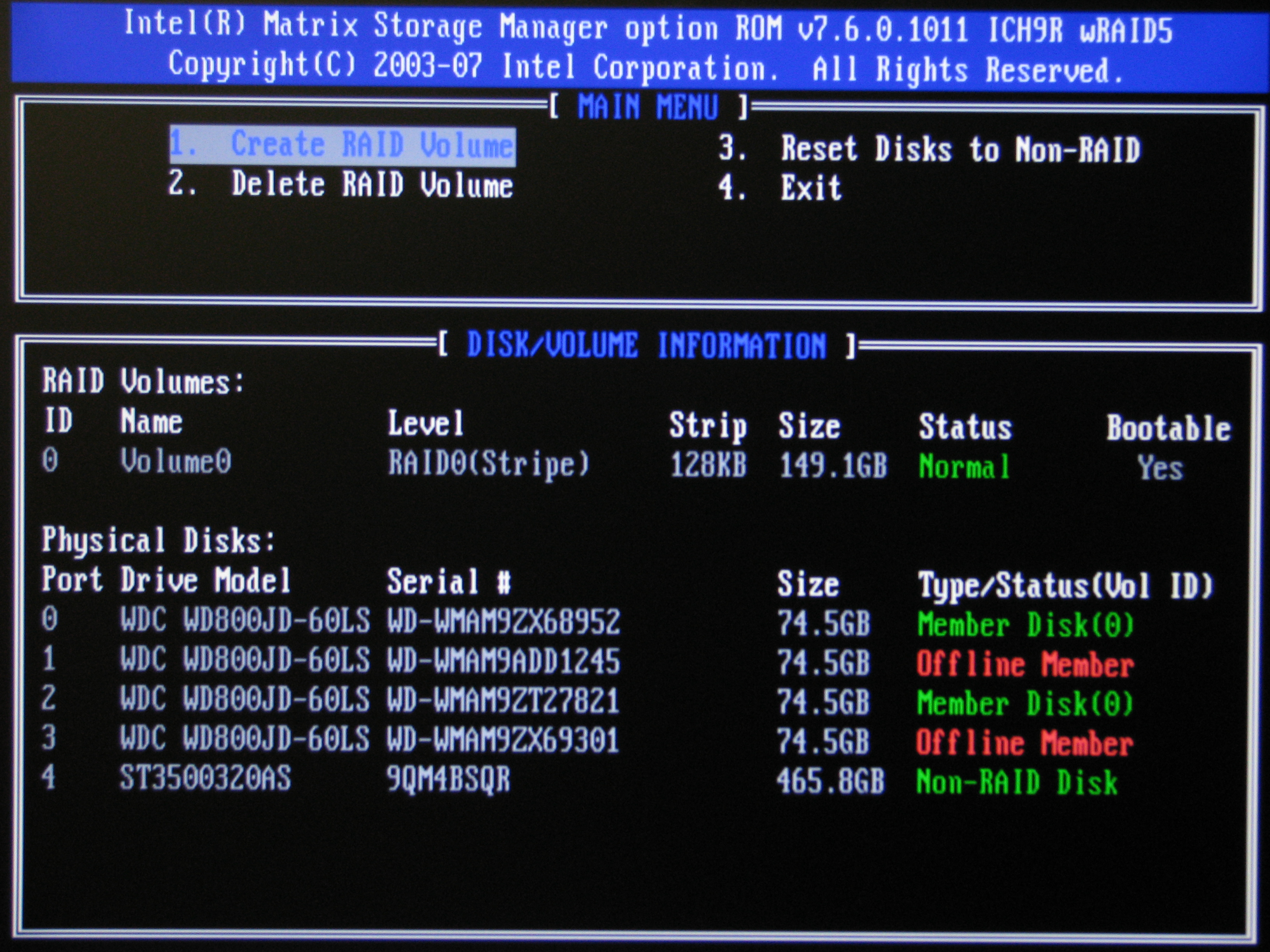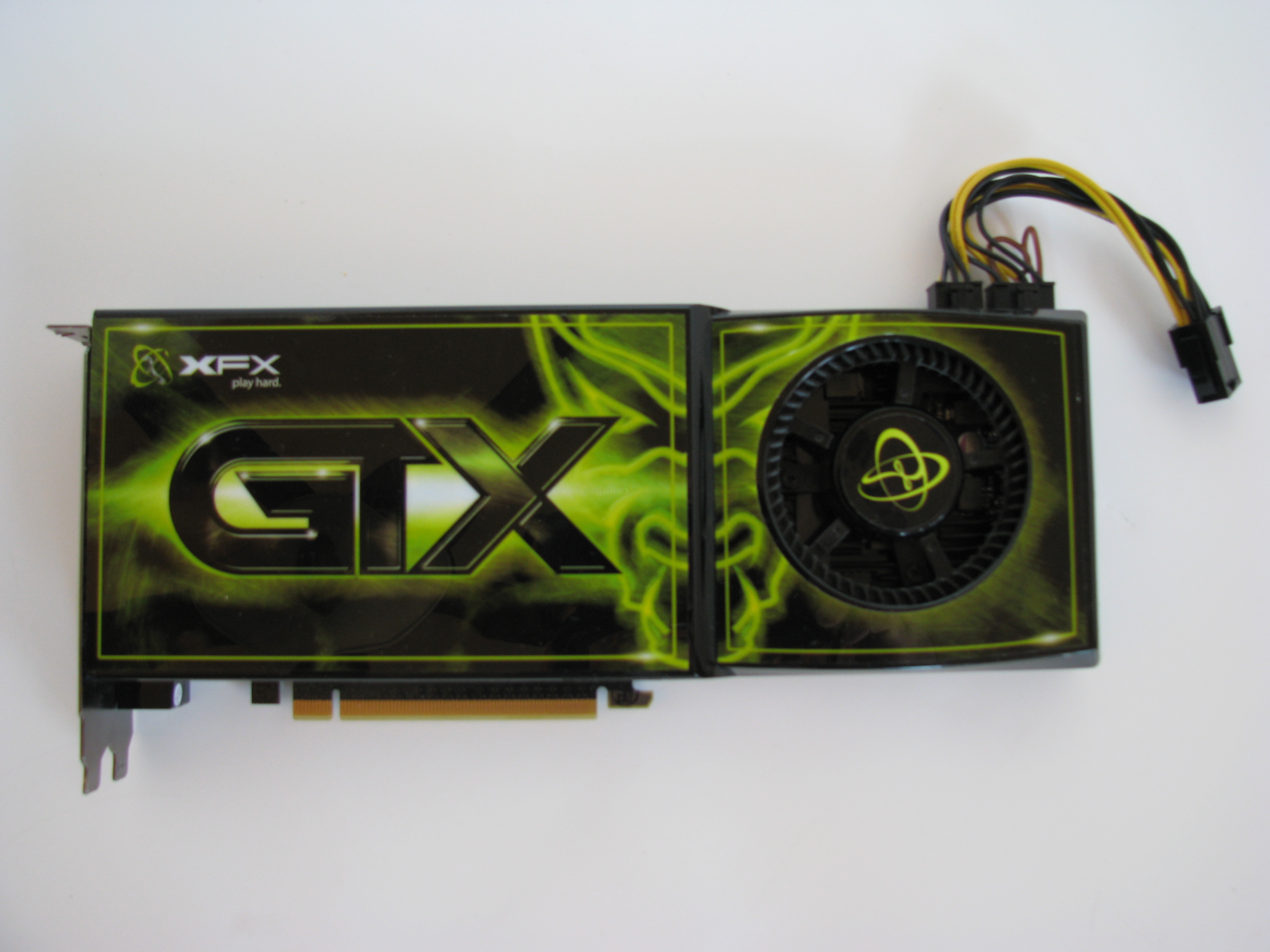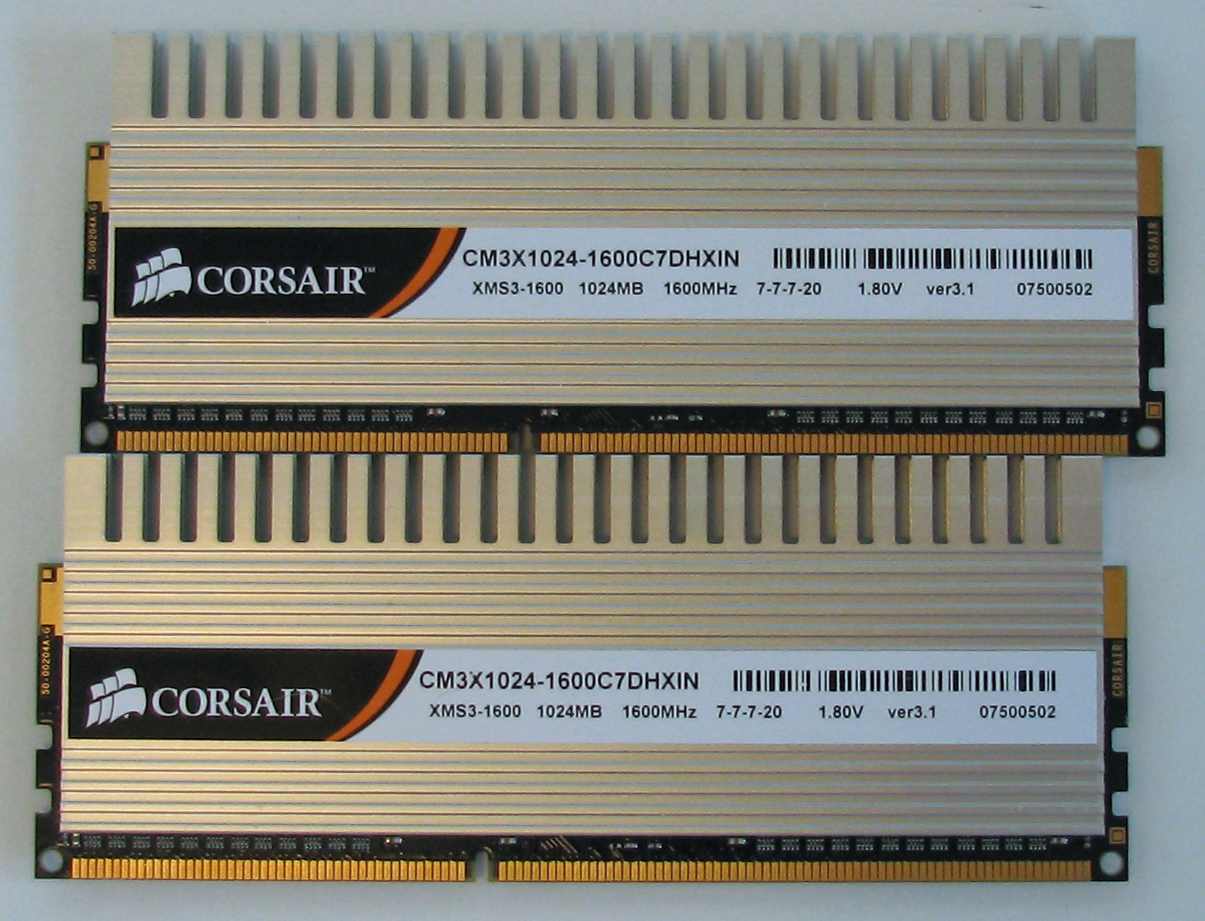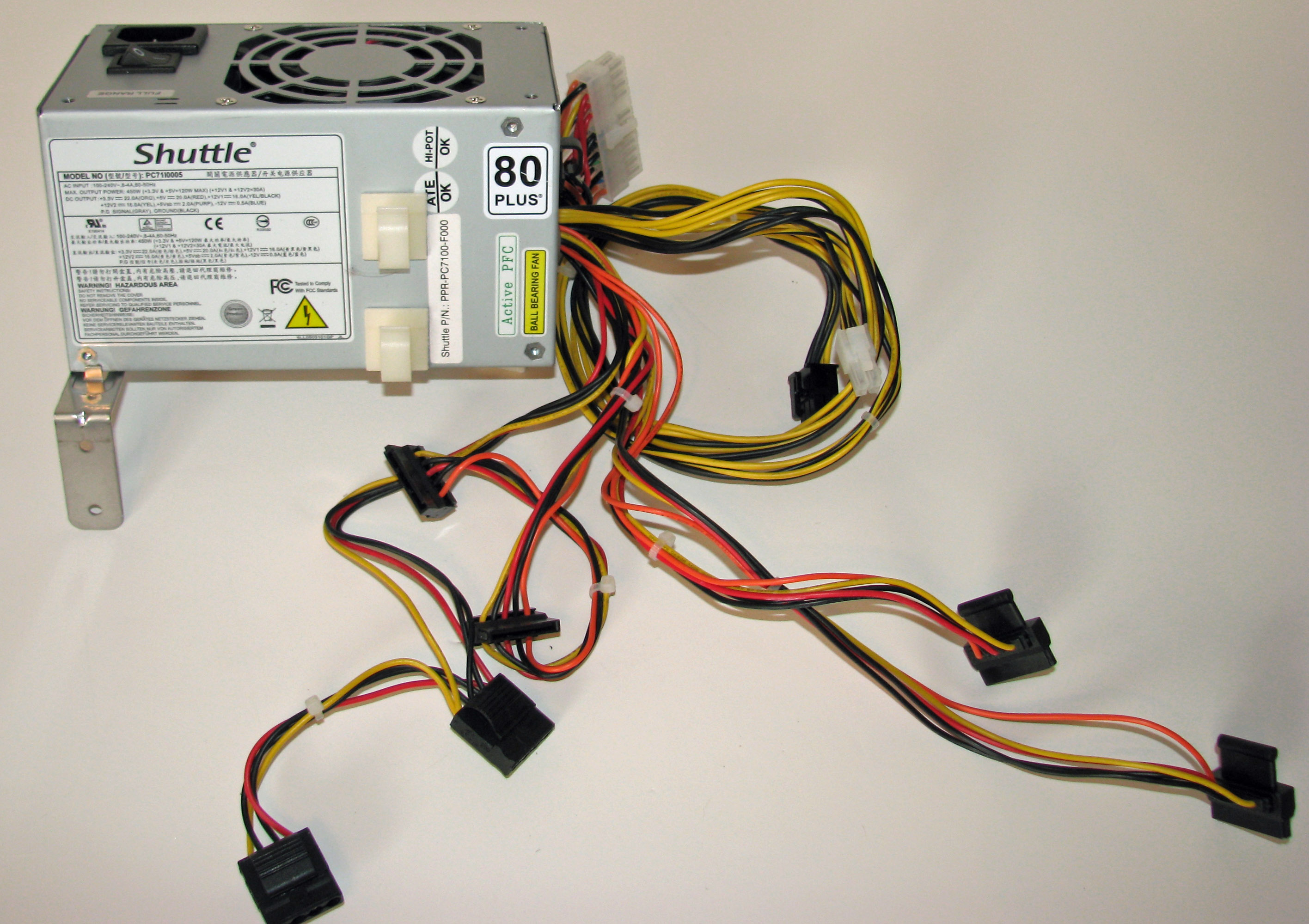Shuttle XPC Prima P2 4800X System Review
The Details
Shuttle is hoping that the SX48P2 expands on the performance of the SX38P2 to attract more users to its Prima lineup. The way to do that is to improve on the weaknesses of the SX38P2 and highlight the strengths. Here are the details of the parts Shuttle used to further that goal.
The Motherboard
Shuttle created a slightly different motherboard for the SX48P2 system compared to the SX38P2’s motherboard. It has four DDR3 memory slots running at up to 1,600 MHz. These slots support up to 8 GB of RAM. The SX48P2 includes the same mini-PCI Express (PCIe) slot that the SX38P2 has, which supports Turbo Memory used to “speed up” Vista (32-bit versions).
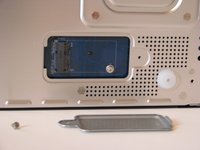
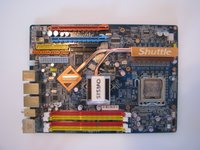
There are two PCIe 2.0 X16 slots and they support up to two single-slot graphics cards or a single dual-slot card due to the limited space. Since this is an Intel X48 chipset, it supports only the CrossFire dual-graphics solution.
Currently, Shuttle does not offer the option to purchase dual-AMD GPUs. This might be because the system's PSU is only rated for 450 W and most dual-card configurations require more power. With the SX48P2, however, the four-pin power for the CPU is located at a right angle on the board, which allows it to support larger video cards. The SX38P2 and an old engineering sample of the SX48P2 did not have this design element. This allows it to support the included Nvidia GeForce GTX 280-based graphics card.
Again, total power draw is something to watch to ensure stability. Shuttle underscores this point on the support page of its Web site for the SX48P2, where it says: “Because the power consumption of ATI 4850 VGA card is higher, SX48P2 Deluxe doesn’t support two pieces of the ATI 4850 VGA card with CrossFire function. However, it can support single-slot ATI 4850 and ATI 4870.”
It is interesting to note that XFX’s Web site indicates that the XFX GeForce GTX 280 requires a “non-SLI: 630 W minimum power supply.”
Get Tom's Hardware's best news and in-depth reviews, straight to your inbox.
This would lead me to believe that you can add a pair of AMD Radeon HD 4850 card in CrossFire to the SX48P2, which seems to be confirmed by many users saying they have done so.
The ICH9R offers support for six SATA 3 Gb/s connections, though only three internal and two external drives are available due to space. SATA options include IDE, RAID, and AHCI modes. IDE mode provides the best compatibility; RAID supports striping and mirroring for improved performance and security; and AHCI offers the latest SATA drive features. One thing to remember is that, when selecting AHCI, you will not be able to support a SATA optical drive with some operating systems. These options are available at the sub menu of the OnChip SATA device.
This SX48P2 also provides an external power connector for your SATA drives connected via the eSATA headers.
The power cable allows for drives to be connected externally without an eSATA storage enclosure of any kind. This is a major benefit over the SX38P2, as it allows you to connect drives for testing, backup, and storage without opening the case or buying a more-expensive enclosure. The cost of this feature is that you lose the IEEE 1394 connections. A single UltraATA header is supplied via a JMicron JMB368 chip to support up to two legacy PATA devices. The audio is supplied by a Realtek ALC888 chip that provides 7.1 channel high-definition audio through S/PDIF. There are two 10/100/1000 Marvell 88E8056 Ethernet connections. The Ethernet connectivity is an improvement over what the SX38P2 offered, which only had one 10/100/1000 Ethernet connection. This motherboard only uses solid-state capacitors for improved stability.
The CPU
This system came complete with an Intel QX9770 already installed. This CPU is built on the 45 nm node, runs at 3.2 GHz, has a 1,600 MHz front side bus (FSB), and includes 12 MB of L2 cache. It includes 64-bit and virtualization technology support. The multimedia support includes MMX, SSE, SSE2, SSE3, SSE4, and EM64T. This CPU is an Intel Core 2 Extreme model and, therefore, is clock multiplier unlocked. This means that you can boost performance by finding the best combination of FSB and clock multiplier for your system for overclocking.
The GPU
The bundled graphics card was XFX's GeForce GTX 280 with 1 GB of RAM.
This GPU runs at 602 MHz and the memory runs at 950 MHz for an effective speed of 1,900 MHz. It has 240 stream processors and a 512-bit memory interface. It is also DirectX 10-capable and HDCP-ready. While it is no longer the fastest card around, it still includes a very powerful GPU.
The Memory
Shuttle installed 2 GB of Corsair WIN3X20481600C7DHXIN DDR3 memory in the system, and we added an additional 2 GB of memory to test all four slots.
This memory is rated at 1,600 MHz at clock ratings and Intel XMP SPD Certified Profile 7-7-7-20. These modules support XMP technology to allow the use of BIOS-based profiles to squeeze better performance out of the memory.
The PSU
Shuttle Power Supply Specs
| Table 1: PSU | ||||
|---|---|---|---|---|
| ITEM | +3.3 | +5 | +12V1 | +12V2 |
| Maximum output (amps) | 3.5 A | 3.5 A | 17 A | 17 A |
| Maximum Output (watts) | 11.55 W | 17.5 W | 204 W | 204 W |
Shuttle includes a 450 W PSU that is customized to fit in this form factor. All of the cables are already installed. This makes for a very clean space inside the case and power connectors are more accessible. The PSU is 80 Plus certified and offers the following outputs:
The HDD
A pair of Raptor 150 GB hard disk drives (HDDs) are included. It was a little surprising that Shuttle did not use the newer VelociRaptor drive.
The Raptor 150 has a 1.5 Gb/s maximum buffer-to-host transfer rate, rotates at 10,000 RPM and has 16 MB cache. It has a specified data transfer rate of 84 MB/s (max), 2.99 ms average latency, and 4.6 ms read seek time. During our tests, a single drive using HDTach had a transfer rate of 75.5 MB/s. When configured as a RAID 0 stripped pair, the drives were able to achieve 119.1 MB/s read and 118.7 MB/s write.
The average random access times were 8.5 ms for HDTach. We conducted our tests by rebooting the PC between each run and then did at least 20 tests using the full version of HDTach that gauges read and write speeds. There was virtually no difference between the P35’s ICH8R and the X38 or X48’s ICH9R during our tests.
-
StupidRabbit ReplyIt's an oldie, but a goody. We take apart a Shuttle XPC Prima P2 4800X, based on Intel's X48 chipset, and test this fully-built system's mettle against XPCs that came before. Our conclusion? You could do better for less if you built your own.
lol i didnt even have to read the article since you put the conclusion right in the description on the main page.. but i guess it couldnt have ended any other way. overpriced. -
BillLake StupidRabbitlol i didnt even have to read the article since you put the conclusion right in the description on the main page.. but i guess it couldnt have ended any other way. overpriced.Reply
Well I don't see that in the article anywhere. It would seem that you might be quoting something else but the concussion is true. For those looking for a SFF it is overpriced for what it provides. You can say the same about any customer builder, Falcon Northwest, Alienware and so forth. They all sell their products for a huge premium but they do give you warranties on your "super fast and overclocked system". For me, I really like the SFF so I buy the barebones version of Shuttles products and am very happy with them. -
StupidRabbit well at one point i myself was thinking of buying a thermaltake lanbox. but since i dont go to any lan parties and have no need to carry my rig around, i just could not justify a small form factor box over a mid-sized one. as you said it really is a very niche market, and i guess i am just not one of the consumers that is targeted.Reply
nontheless, it is one cool looking thing and has more performance than most gamers need, and you are a lucky guy to have their products.
but until i transform into a really hardcore gamer, and have a couple grand laying (lying?) around im just gonna stick with my trusty intel e6420 overclocked by 50% and a thermaltake big-typ vx-10.. something that would have a hard time fitting in there -
BillLake Yeah you might be able to get some other heat sink in there but it would be hard as they really designed it for this one. Maybe remove the side fan and get one that blows out that same side?Reply
The reason I like the Shuttle boxes is that they take up little room and you generally do not give up much. Now that said they do lack expandability but of course I can put three in the space of a full tower case. Look at the barebones units, they are very affordable but then again if something fails you have to get their board to fix it and that is not cheap. -
cletus_slackjawd I have a shuttle XPC with an athlon64 3000+ skt 754, 1gig ram, x800pro, 1gb DDR-400 dual channel, sony DVD Burner and 300gb maxtor IDE PATA.Reply
It's based on the Nforce2 so it has good audio by Nvidia, firewire, great access up front w/ 2ea USB, Mini 1394 in front, normal in back, speaker, mic, headphone jacks up front, memory card readers up front, mirror finish up front, quiet, reliable as hell. It's actually now my wife's rig as I've built 2 new computer since handing it down, but it's pretty awesome. I will repurpose it as a media PC/Console Emulator when the time comes she wants a new one. In conclusion, a very positive experience from a Shuttle product. -
1potato Page 3 - "RAID supports stripping for improved data security". Made me chuckle :). I think you mean striping, and actually I think you really mean mirroring in that context.Reply -
gaiden2k7 you guys really need someone who knows his/her way w/ the camera.. blurry pictures = dizzy viewers.Reply -
BillLake Thanks for catching the miss use of the word, spell check can save you from misspelling but not miss use. The system could do Striping, mirroring or striping with parity if you put three disks in. It support three disk by putting one below the optical drive. Shuttle does not sell it with 3 drives but I have done it. Well thanks again for catching that.Reply
